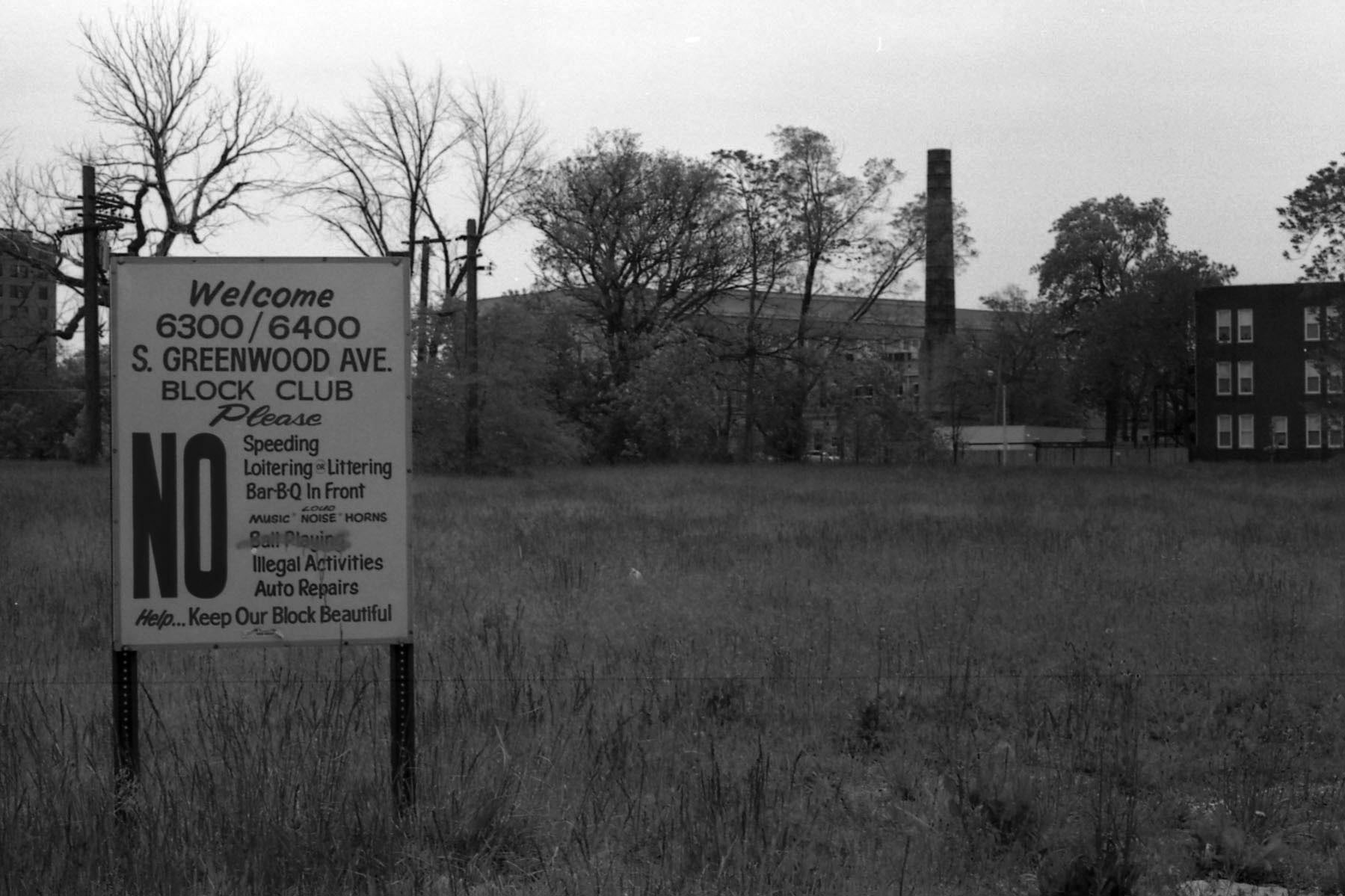Past Project
Neighborhood charm & disorder

Physical disorder is defined as the deterioration of urban landscapes, typically defined as graffiti, litter, and damaged or decrepit buildings. Physical disorder is associated with psychological distress, poor self-rated health, and impaired physical function. But research studies may underestimate the magnitude of established health effects given common constructions of disorder. Additionally, absent in the literature is an elucidation of the kinds of features in the urban environment that are perceived as attractive. Although physical disorder is harmful, there has been no empirical research of the “inverse” of disorder—neighborhood charm. Charm is instead construed as a departure from an implicit reference point of disorder. Elements of charm are implicitly assumed, yet empirically underdeveloped.
In a preliminary study, we (Naa Oyo A. Kwate and Stacey A. Sutton) investigate perceptions of charm and disorder among a sample of African American respondents in NYC. We ask, how are varied aesthetic and material aspects of the environment perceived and rated in attractiveness? How are these affected by context and what shapes meaning? To what extent do neighborhood features such as fortification affect the way respondents “read” city streets? How universally appealing are features lauded by urban planners, such as uniformity in building facades and restrained decoration or embellishment? How does racial meaning figure in perceptions of streetscapes?
